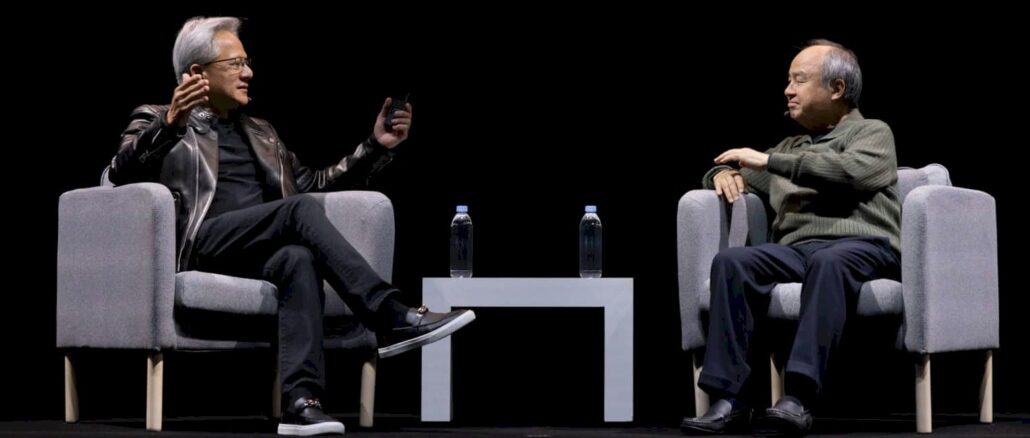A recent study has revealed some surprising insights into the physical traits of people who are likely to cheat. Researchers surveyed 2,000 people in the UK to create an AI-generated image of a typical cheater. They found that men who are bald, in their 40s, with big noses are more prone to infidelity. The study indicated that 35% of men admit to cheating, compared to 24% of women. Interestingly, many women choose to stay with unfaithful partners longer than men do. Cheating often peaks in the fall, suggesting that partners should be vigilant, especially if they recognize these traits. However, it’s important to remember that appearance does not define a person’s behavior; actions matter more.
Bald-faced liars might just be more likely to cheat, according to a new study. Researchers at MrQ, an online casino, conducted a survey of 2,000 Brits and created an AI-generated profile of what a typical cheater might look like. They found that if you’re a bald man in your 40s with a big nose, you may fit the description of someone who is likely to stray in a relationship.
Rosie Maskel, who is a senior Marketing executive at MrQ, shared insights from the study, stating that many participants recognized the traits depicted in the AI-generated images. The male cheater was described as being in his 40s with blue-gray eyes, sparse hair, frown lines, small lips, and a larger nose. Conversely, the female counterpart was depicted as a dark-haired woman in her 50s with a small nose and medium-sized lips.
The study also revealed that infidelity is surprisingly common. About 35% of men admitted to cheating at least once, compared to 24% of women. Interestingly, even after discovering infidelity, many women chose to stay with their unfaithful partners, while fewer men did the same.
Moreover, it turns out that cheating tends to increase in the fall months, making it a season for caution in relationships. While the study highlights certain physical traits associated with cheating, Maskel emphasized that behavior is ultimately determined by personal choices rather than appearances.
For those curious about infidelity indicators, experts suggest being aware of changes in your partner’s behavior, like being secretive with phones or neglecting to share photos of you on social media.
This study sheds light on some surprising associations between looks and loyalty, but it’s essential to remember that everyone is unique, and not all individuals can be categorized based on these findings.
Tags: cheating, infidelity, relationship advice, AI study, personal behavior, MrQ study
What are AI-generated photos of cheaters?
AI-generated photos are images created by computer programs to show what typical cheaters might look like based on patterns and data from real people.
How accurate are these AI photos?
The accuracy can vary. AI uses data from many sources, but it doesn’t mean every photo shows a real person who cheats.
Can I trust these images?
These images are not proof that someone is a cheater; they are just representations based on algorithms and patterns.
Are the photos based on real people’s faces?
No, the photos are not taken from real people. They are entirely generated by AI and do not represent actual individuals.
Why do people use AI photos to discuss cheating?
AI photos can help visualize common ideas about cheating, but they should be taken lightly and not used for judgment.







